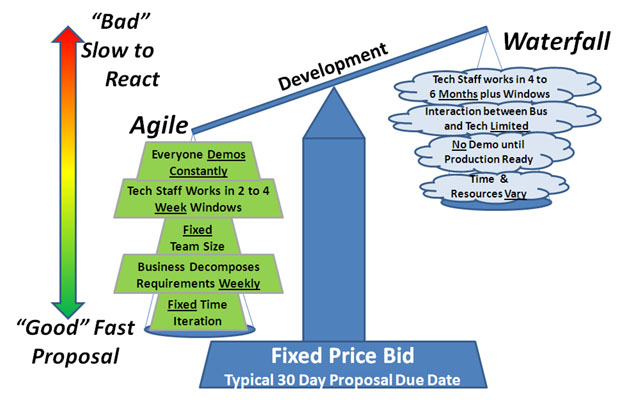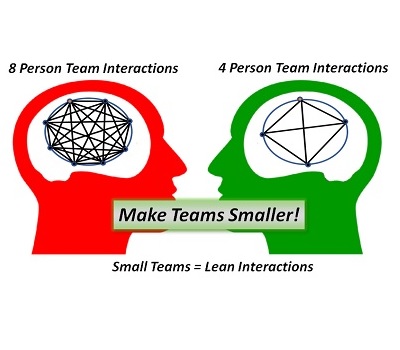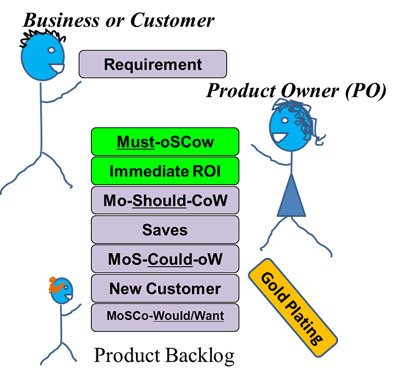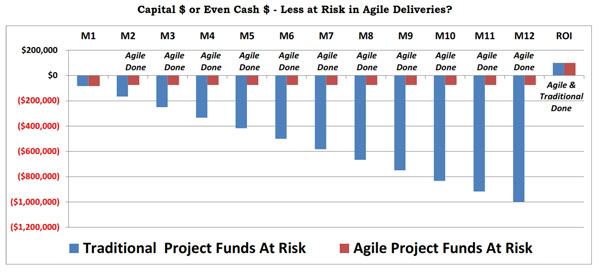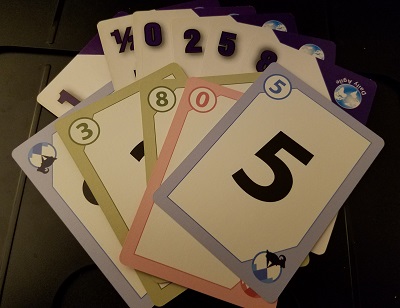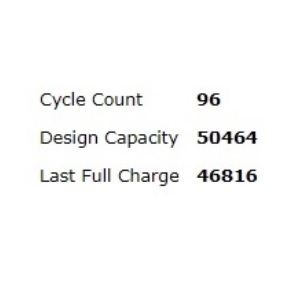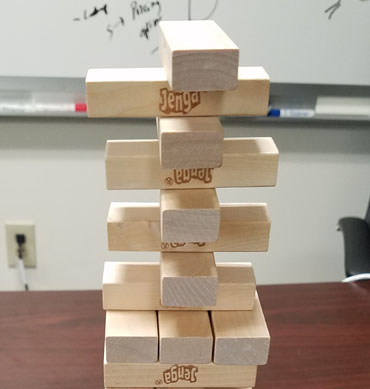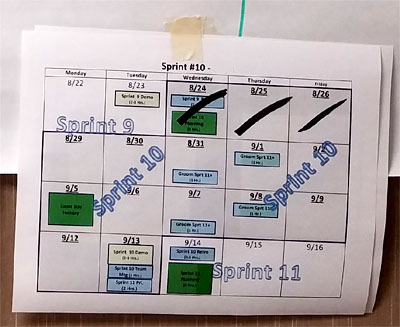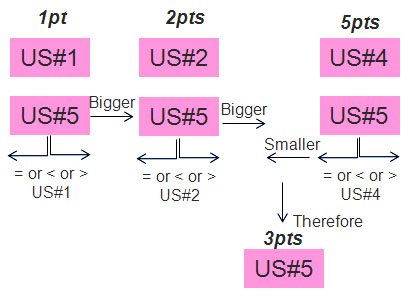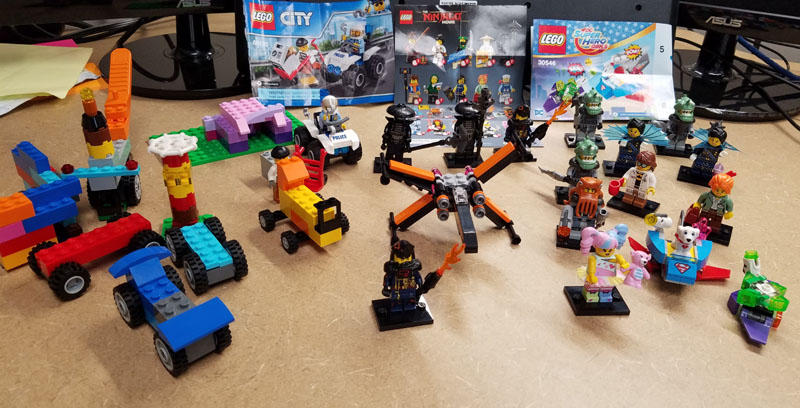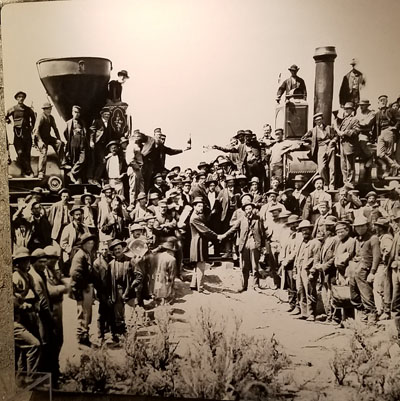The start of a Sprint typically always look good just like this side walk. All nicely paved and flowing pretty from the last Sprint.
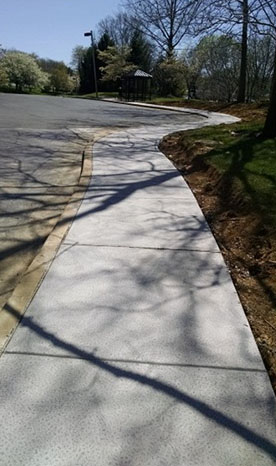
However, sometimes teams panic and want to get partial credit for stories that may not be totally complete and usable by the customer. Teams might use different ways to get credit including: splitting the work into mini-waterfall (design, develop and test) and sometimes can changing the scope.
I was walking along the street one day and I captured this picture, of what I guess the construction company thought was a finished product.
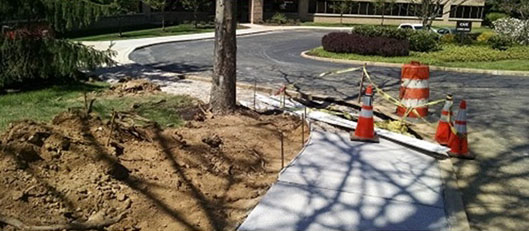
I guess the board allows the customer to make it across the dirt. One of the disadvantages of water falling the story or changing the scope is that some technical debt will be created. This means that the team will have to readdress the final solution at some point and new features may have to be delayed another sprint. This side walk project is going to cost the contractor money because he/she has to bring just about every tool back to teh construction site
Some useful techniques to help with this shortcut include:
- Better Sprint Planning to include an accounting for the resources need to do the job
- Confirm with the Product Owner (PO) as to what is really acceptable
- Automating Test Nuggets to give the developers key results on their dev designs
- Help the teams to realistically size the stories. Try to not let team under estimate their stories, so they can fit more different stories into the sprint velocity
- Monitor progress on tasks in a story and prearrange people to be available to help test and troubleshot.






